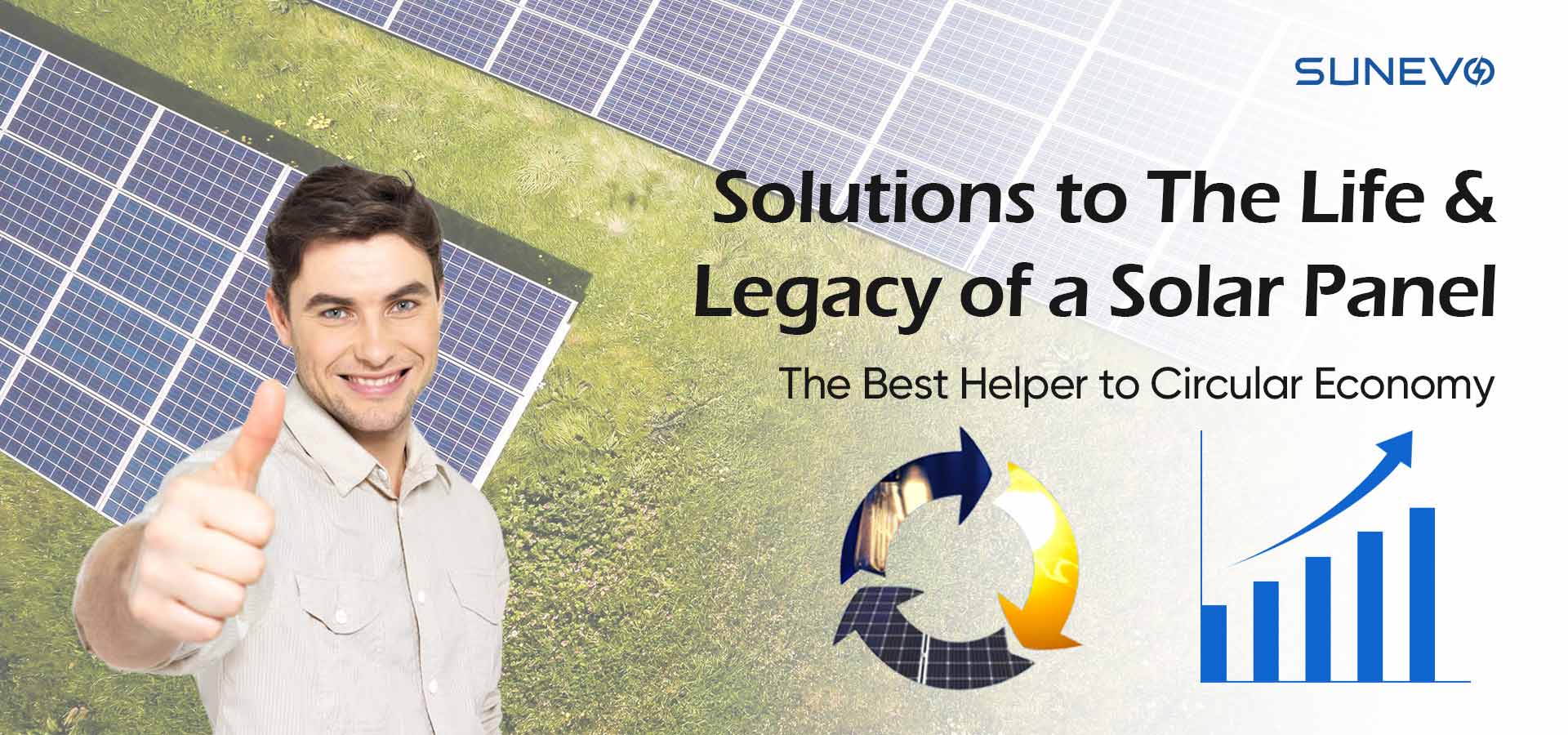 Life & Legacy of a Solar Panel: Circular Economy Solutions
Life & Legacy of a Solar Panel: Circular Economy Solutions
Mar 18, 2024
In an era marked by increasing environmental concerns and the urgent need to transition to more sustainable practices, renewable energy technologies have emerged as a beacon of hope. Among these, solar power has become a global favorite, with solar panels being heralded for their efficiency, affordability, and eco-friendliness. The wholesale solar panels market has seen exponential growth, and this trend appears to be on a steady upward trajectory. However, this widespread adoption of solar panels has also led to the emergence of a new challenge - solar panel e-waste. As the lifespan of these panels come to an end, they turn into potential sources of waste, which, if not handled responsibly, can negate some of the environmental benefits they offer. This is where the concept of a circular economy comes into play. A circular economy is an economic model that focuses on eliminating waste and the continual use of resources, offering a practical solution to the e-waste challenge. Understanding Circular Economy At its core, a circular economy is a regenerative system designed to minimize waste and maximize resource efficiency. It encourages the reuse, sharing, repairing, refurbishing, and recycling of existing materials and products as much as possible. By doing so, it promotes a shift towards renewable energy sources and aims to design waste out of the system. This approach can be applied across various industries, including the manufacturing sector. By adopting circular economy principles, the manufacturing industry can reduce environmental degradation, promote sustainability, and contribute to a healthier planet. When applied to the solar panel industry, a circular economy can help tackle the escalating issue of solar panel waste, making the industry more sustainable in the long run. Solar Panels in the Circular Economy Solar panels have a significant role to play in the circular economy. They can contribute to resource conservation and waste reduction, especially when designed with their end-of-life stage in mind. This involves designing solar panels for easy disassembly, using materials that can be effectively recycled, and implementing take-back schemes. In the booming wholesale solar panels market, incorporating such features into solar products can significantly reduce the environmental impact. It can lead to a decrease in the amount of waste generated and an increase in the number of resources that can be recovered and reused. This, in turn, can contribute to a more sustainable and eco-friendly solar panel industry. End-of-life Recycling of Solar Panels As solar panels reach the end of their lifespan, they become potential sources of waste, also known as PV module e-waste. This is a complex issue given the variety of materials solar panels contain, which makes their recycling a challenging process. Despite these challenges, innovative recycling technologies and processes are...
View More
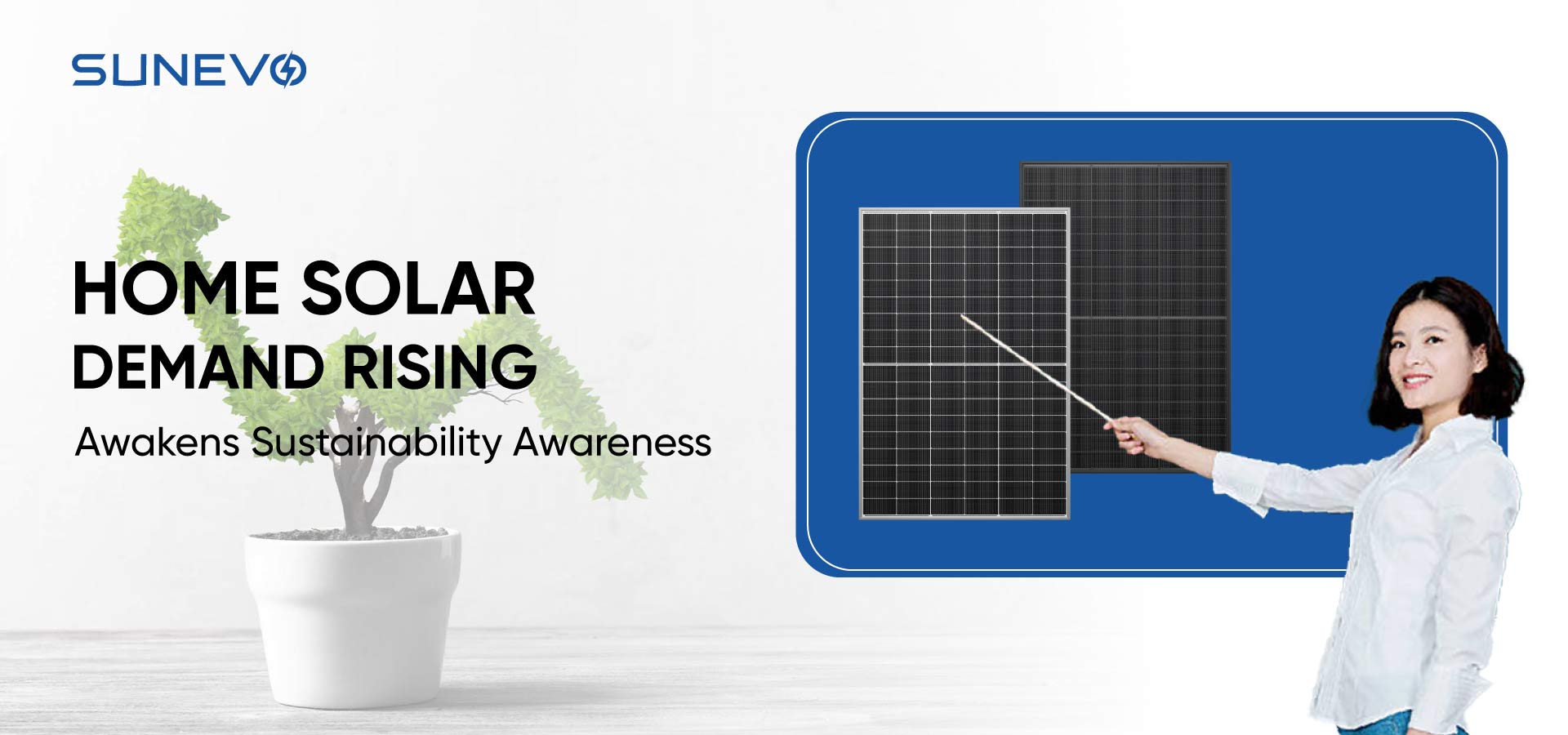 Sustainability Surge: A Glance at Rising Home Solar Demand
Sustainability Surge: A Glance at Rising Home Solar Demand
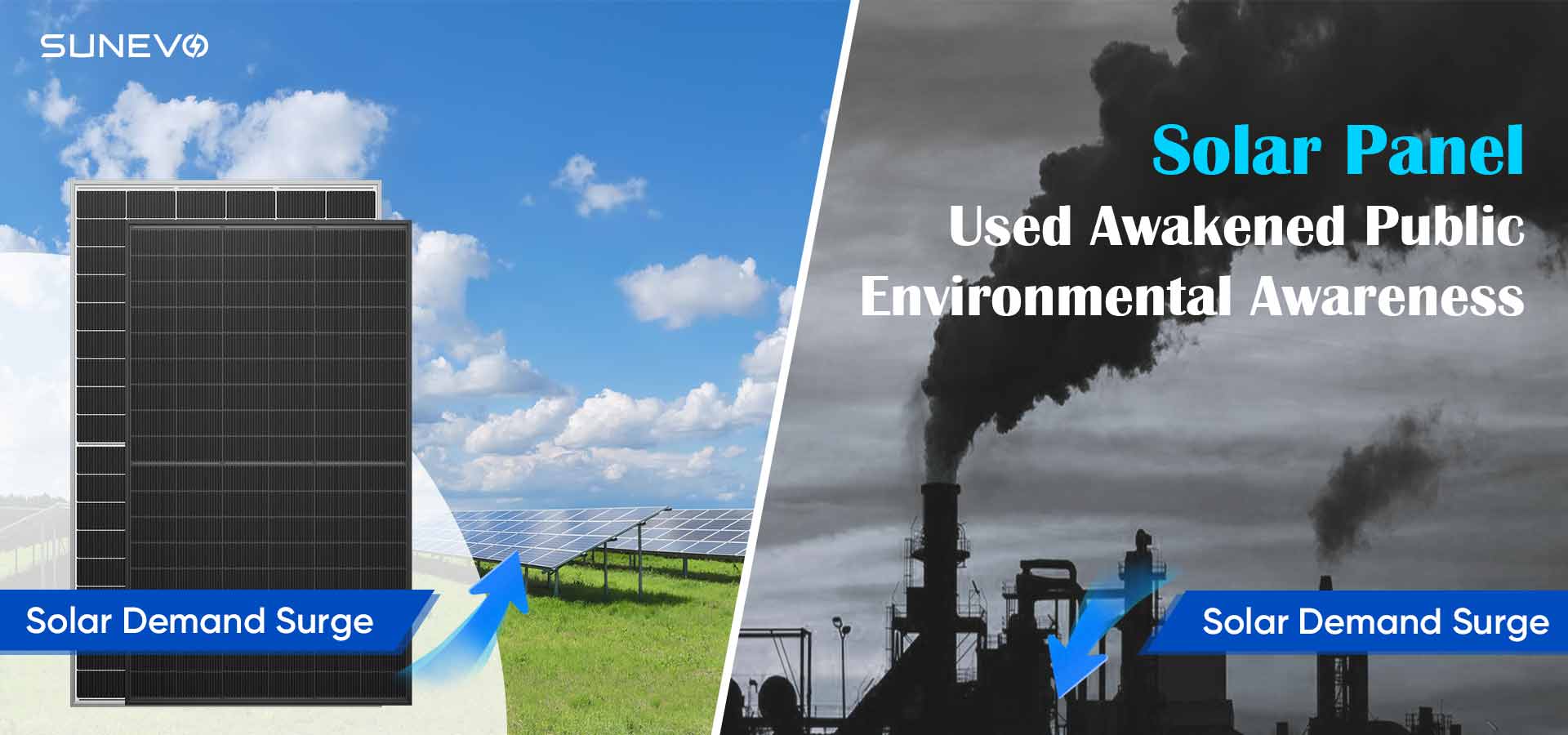 Home Solar Demand Surge: Curbing Global Carbon Emissions - Environmental Awareness Awakened
Home Solar Demand Surge: Curbing Global Carbon Emissions - Environmental Awareness Awakened
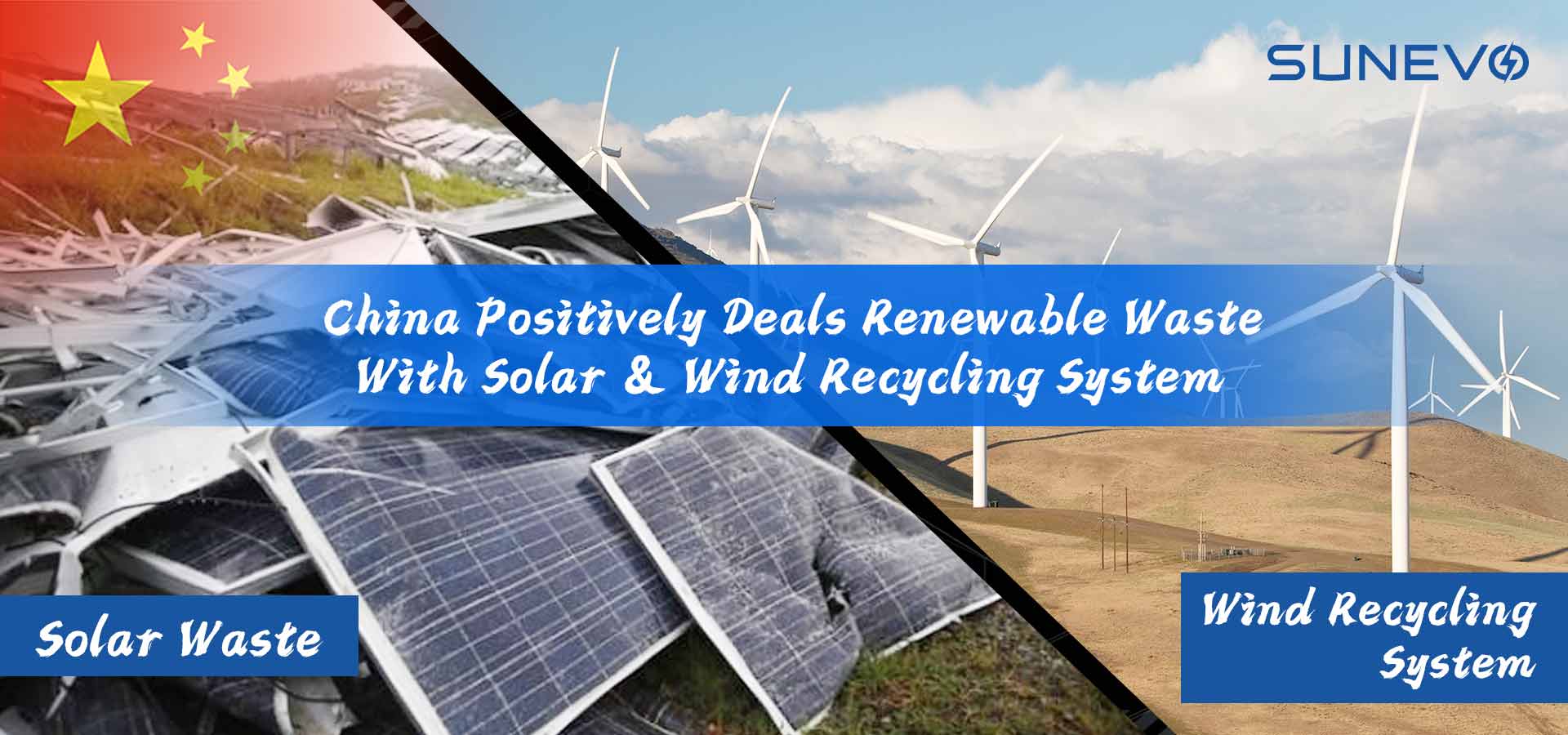 China Deals Renewable Waste with Solar & Wind Recycling Systems
China Deals Renewable Waste with Solar & Wind Recycling Systems
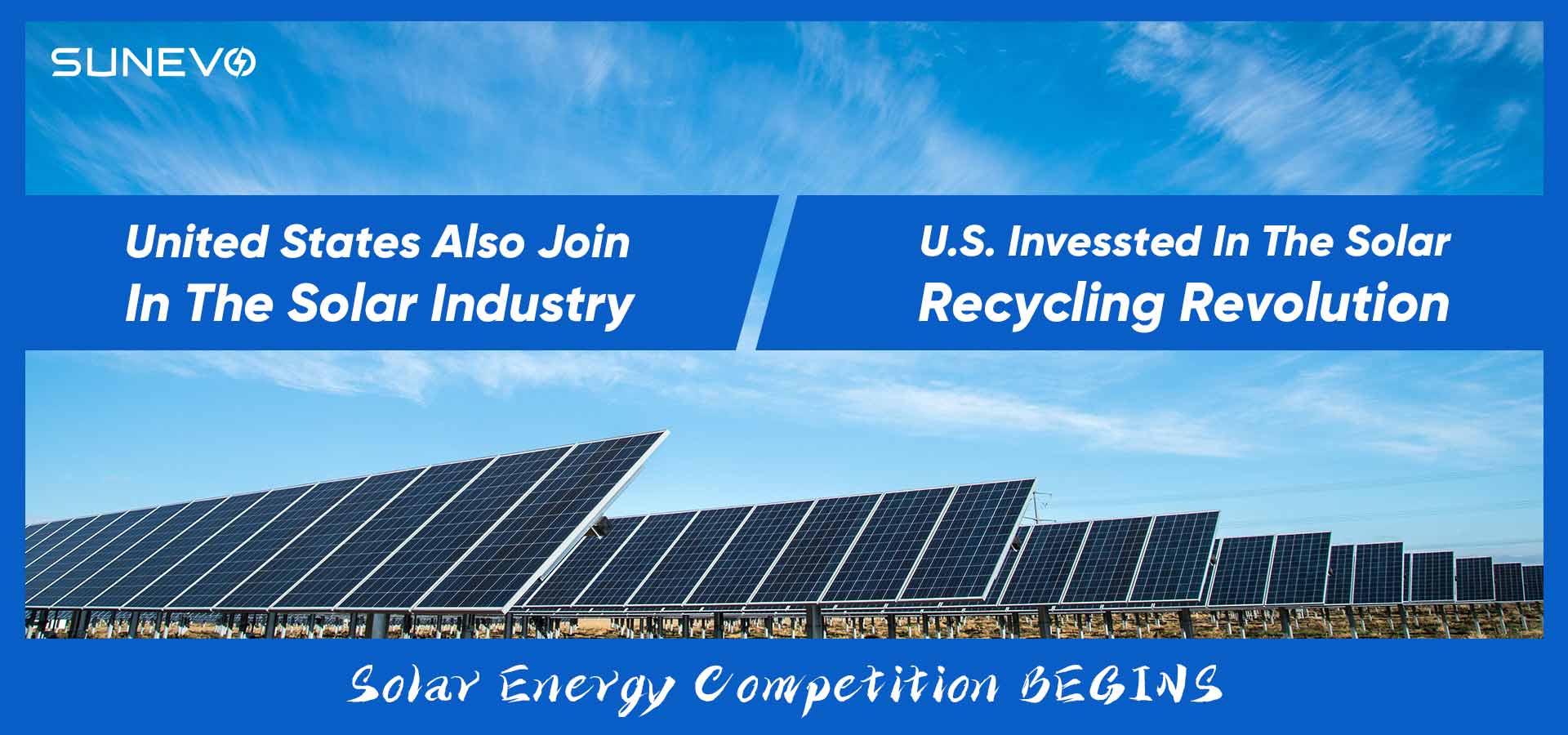 U.S. Investment in the Solar Recycling Revolution
U.S. Investment in the Solar Recycling Revolution
 Life & Legacy of a Solar Panel: Circular Economy Solutions
Life & Legacy of a Solar Panel: Circular Economy Solutions
 Solar Panel E-Waste: How to Address Challenges & Solutions
Solar Panel E-Waste: How to Address Challenges & Solutions
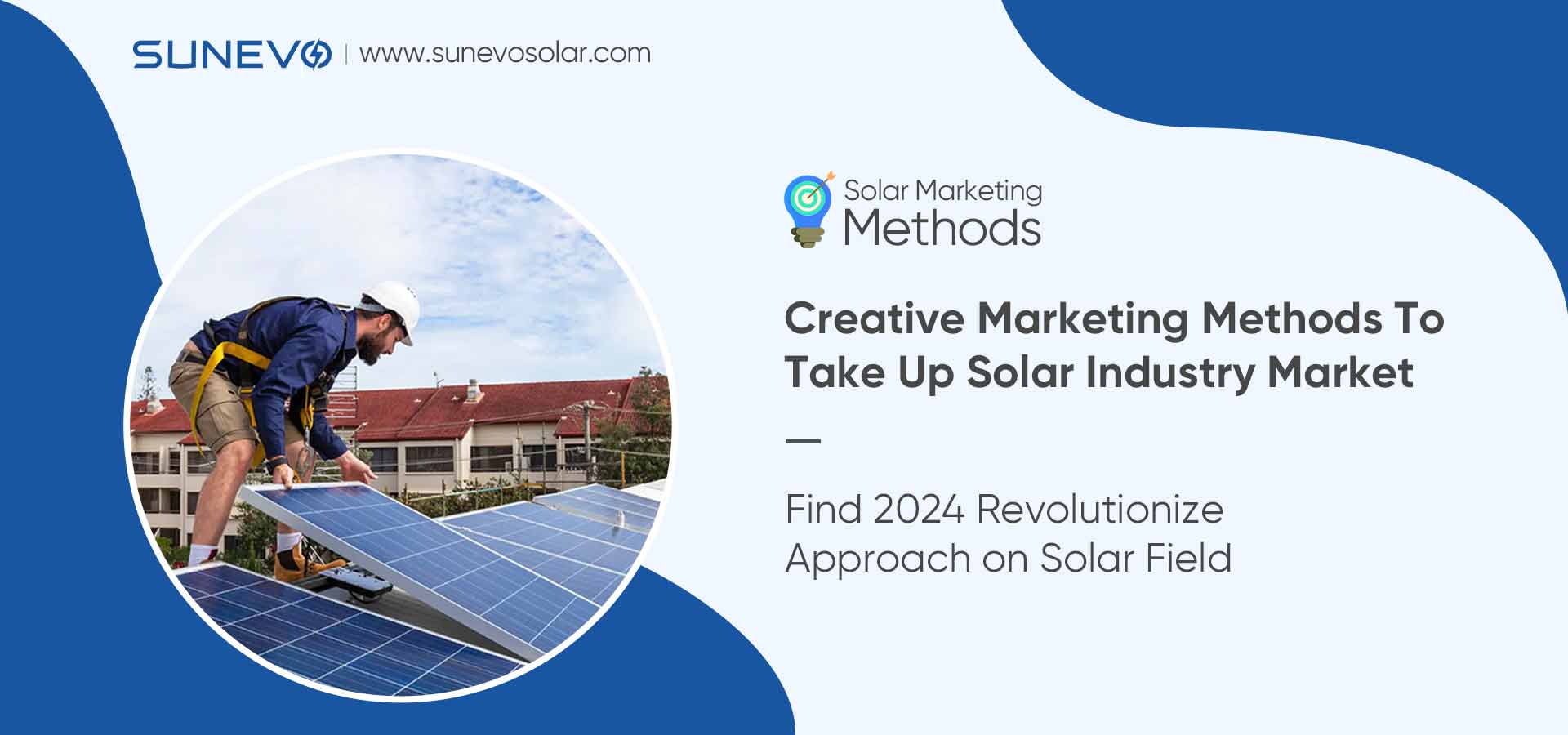 Revolutionizing Solar: Top Business Models for Growth (2024)
Revolutionizing Solar: Top Business Models for Growth (2024)
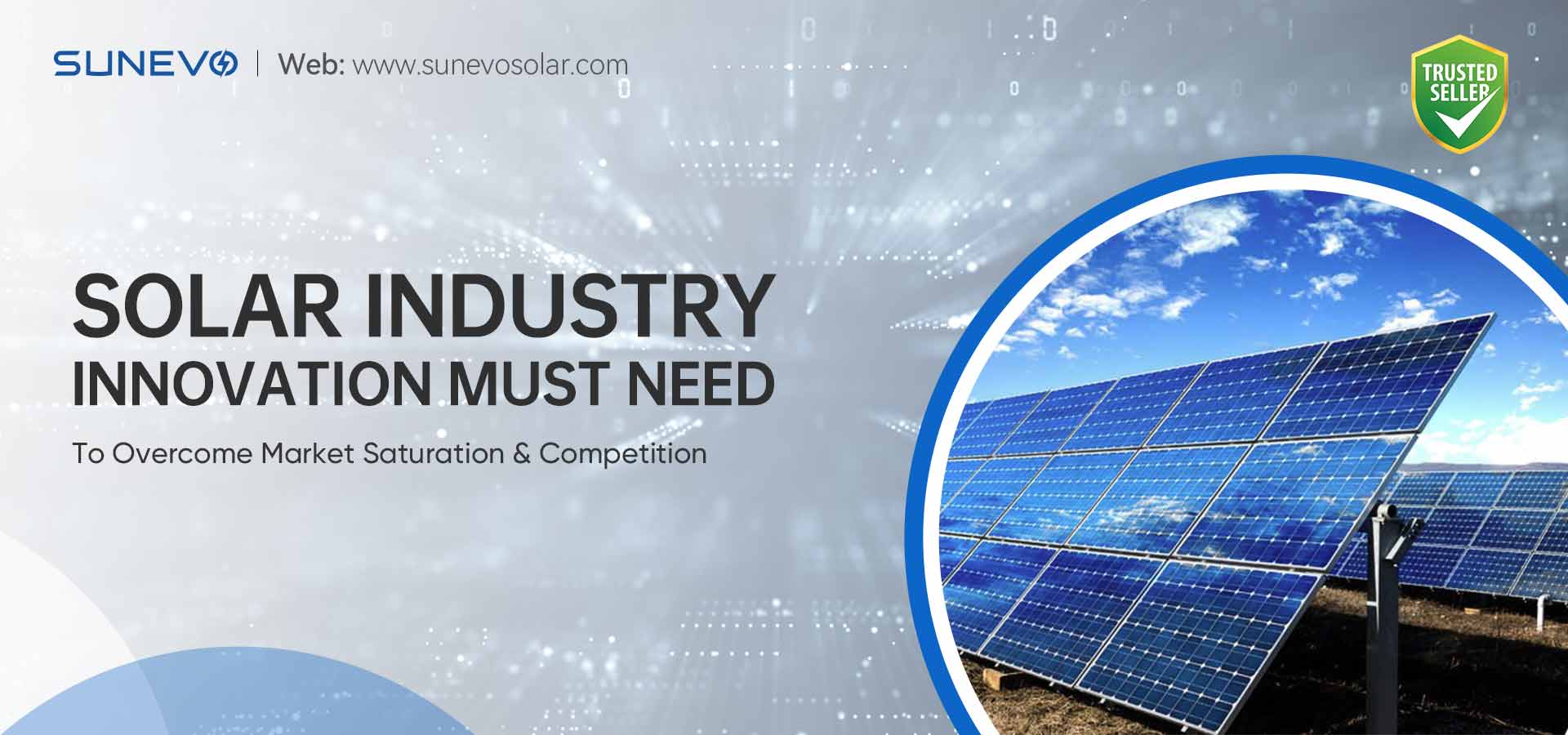 Solar Industry Needs Innovation To Overcome Market Saturation & Competition
Solar Industry Needs Innovation To Overcome Market Saturation & Competition
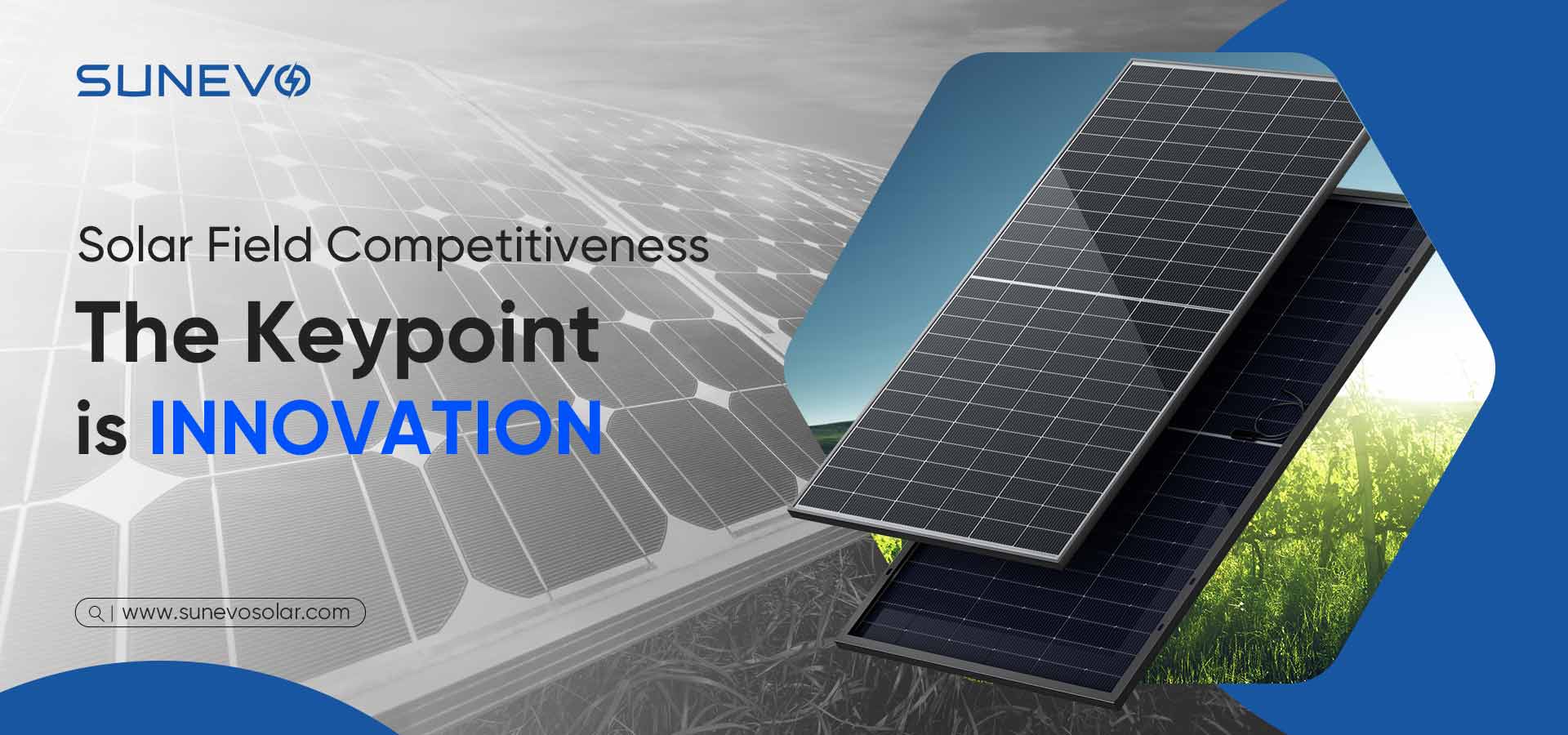 Innovation As The Key To Solar Industry Competitiveness
Innovation As The Key To Solar Industry Competitiveness
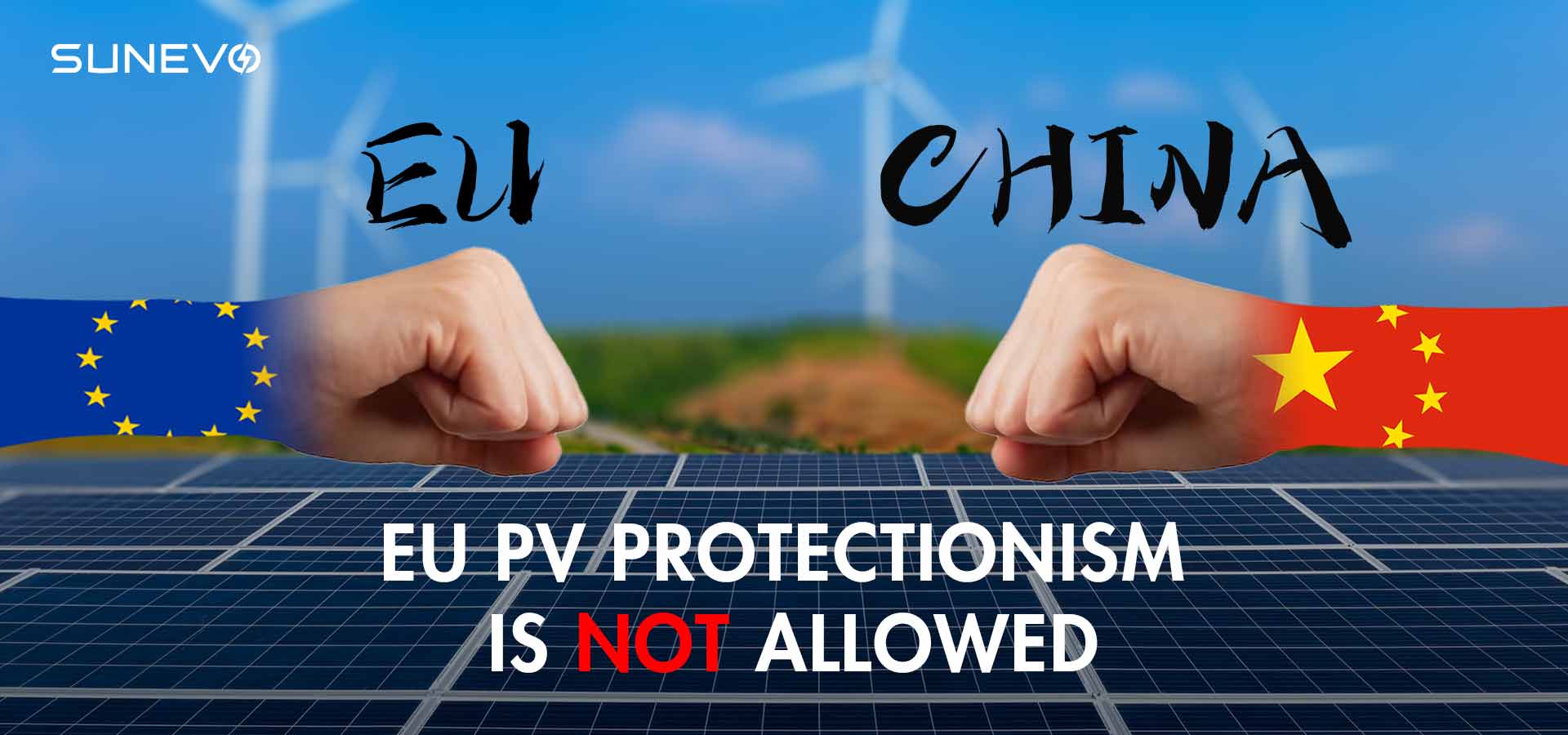 How Protectionism Can Hinder the EU's Solar Energy Ambitions
How Protectionism Can Hinder the EU's Solar Energy Ambitions